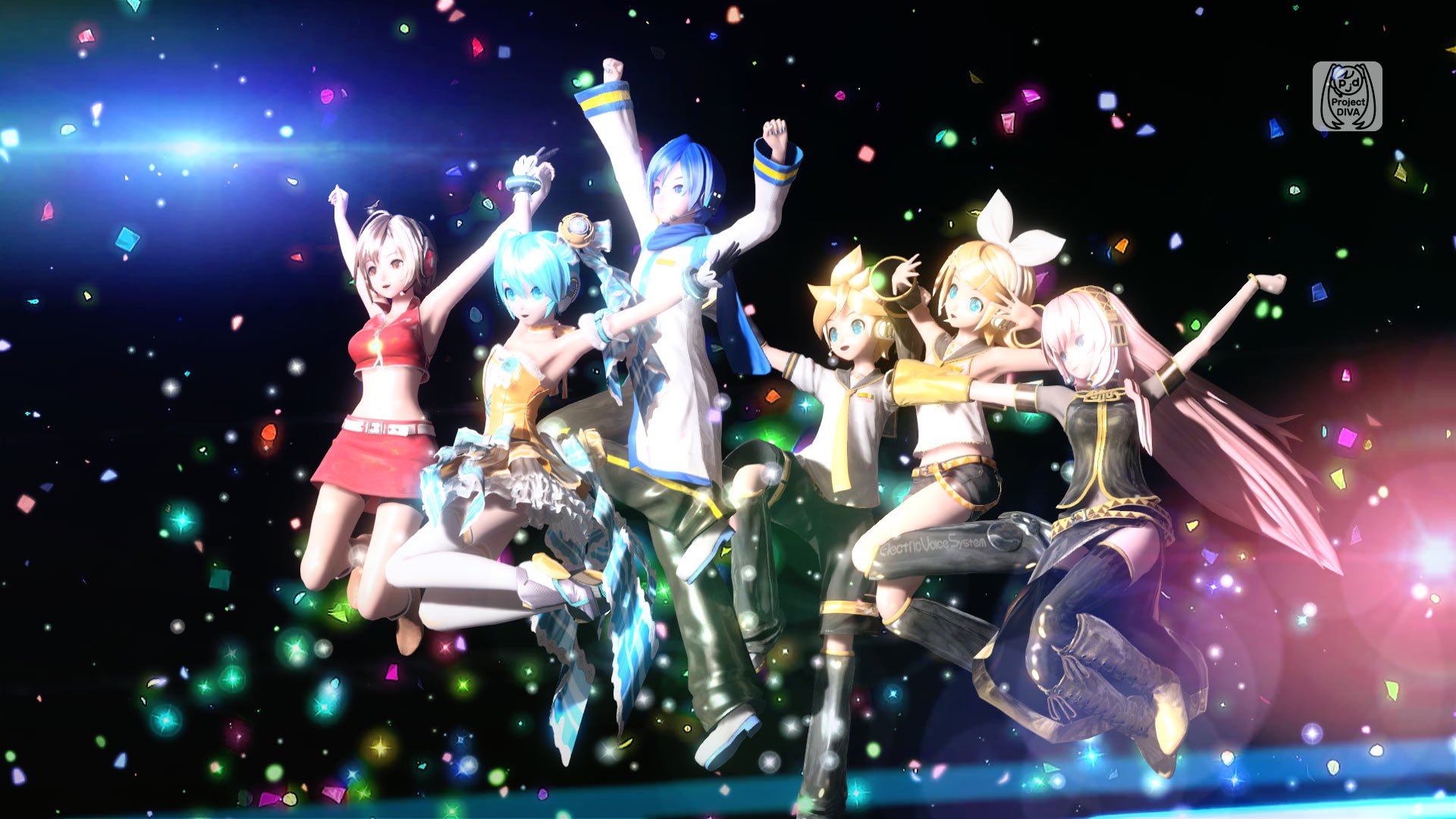The Bible of Mikuism
If I didn’t know better and wasn’t aware that the timelines don’t quite add up, I’d say the subtext around the release of Hatsune Miku: Project DIVA Future Tone feels aggressive, even adversarial.
The second Project DIVA release in less than six months, Future Tone might even be taken not just as a response to last year’s Hatsune Miku: Project DIVA X, but as a rebuke to it.
It’s as if Project DIVA Future Tone was released as an answer to anyone who looked at Project DIVA X, sighed, and asked “Where are all the songs?”
Here are the songs. Here are ALL the songs.

Hatsune Miku: Project DIVA Future Tone (PS4 [Reviewed])
Developer: SEGA
Publisher: SEGA
Released: January 10, 2017 (NA/EU), June 23, 2016 (JP)
MSRP: $29.99 (Individual packs), $53.99 (Bundle)
With over two hundred playable songs in its tracklist (with potential future additions via DLC), Future Tone offers nearly every song ever committed to a Miku game soundtrack, with the exception of Project DIVA X. More budget-conscious buyers can even have something of a choice as to just how much of the collection to pick up, as the Future Tone comes in a split release.
The songs are divided between two packs, “Future Sound” and “Colorful Tone”, each with differing song lists exclusive costumes. A slight discount can be had by picking up the whole thing as a bundle. Fans who tried to get into the iDOLM@STER games released on iOS may find the scheme familiar, but outside of budget concerns or unless one pack is completely devoid of desirable content for a given player, I don’t see why anyone would bother only getting half of the offering.

Having more songs definitely helps, as Hatsune Miku: Project DIVA Future Tone is a fairly spartan game, otherwise. As a port of the arcade version of Hatsune Miku: Project DIVA, the game doesn’t mess around with narrative, progression, or any of the RPG-esque systems that serve to fill out the average title Every song is presented, unlocked and ready to play, from the off. The only things to unlock are more costumes (with points earned by playing songs) and the “Extreme” difficulty. The extra-hard “EX EXTREME” difficulty is restricted to players who own both song packs. Players can create custom playlists, and view the arcade game’s attract movies in a gallery. Customization is limited to mix-and-matching hairstyles and costumes, with a relatively small selection of accessories to mount on various slots in the model. Optional gameplay modes like No-Fail, Hidden or Surprise Notes make up the rule variations, and any song can be played in Music Video mode for people who’d rather see what’s going on behind the swirling notes.
Of course, one person’s “spartan” is another person’s “focused”, and there’s no doubting that absent the faffing about with story modes and friendship-building fan service, there’s nothing in Future Tone to get between Miku-lovers and the music they crave. And there’s plenty in the game to appreciate. Thanks to aggressive anti-aliasing, the visuals are arcade-perfect – even down highlighting the slight differences in character design between Miku’s arcade and home incarnations – and never seem to drop a frame. Nearly all the costumes are present, along with a number of cutesy Sega fan-service numbers, like a Sonic the Hedgehog hoodie, and costumes mimicking Alicia from Valkyria Chronicles, Virtua Fighter‘s Sarah Bryant and Space Channel 5‘s Ulala.
The musical offering is no set of leftovers either, encompassing many beloved Vocaloid compositions, including my own favorites like “Melt” by ryo and Livetune’s “Tell Your World” (AKA the Google Chrome song). Better still, the music videos have been kept largely intact (at least as far as I remember), including some truly creative pieces like the video for “Two-Sided Lovers”. Newer videos like the one for “Black★Rock Shooter” include “success effects” that trigger some extra flair for players with good coordination. Even hardcore SEGA fans can look forward to OutRun and Afterburner-themed songs.
There’s also plenty to master for people who want to contract carpal tunnel syndrome right now. For one, the note patterns haven’t been tuned for gamepad-based play, being largely identical to the arcade version. This means that even Normal-difficulty songs can call for multi-button holds and slides, and players will get tripped up by tricky blended inputs that make use of the way the game treats face button presses and directional pad presses as one and the same.

Put plain, Future Tone is tough as nails, and one of the most demanding rhythm games I’ve ever played. I can just barely scrape by on Normal difficulty, and I can’t even imagine what kind of three-armed, thirty-fingered hell beast might be needed to perfect some of these songs on EX Extreme. Of course, I am pretty bad at rhythm games, so take my word with a grain of salt. Suffice it to say that the notes come hard and fast anywhere above Easy, and they don’t let up.
As a bit of advice, I did achieve better results by laying my DualShock 4 on a flat surface, positioning my hands above the face of the controller and pressing buttons with my fingers rather than thumbs. Owners of one of the custom Project DIVA controllers may also find themselves in a more comfortable situation, as those peripherals mimic the arcade layout.

In terms of content and presentation, Hatsune Miku: Project DIVA Future Tone is less a “Greatest Hits” compilation than a near-total PS4 remaster of more than half a dozen Miku games released over the last six years. What it lacks in frills, it makes up for in staggering volume, enough to satisfy anyone that’s accepted Miku into their heart (that isn’t already sick of playing older songs), or serve as a playable canon of popular Vocaloid compositions to pique the curiosity of the yet-to-be-converted.
[This review is based on a retail build of the game provided by the publisher.]









